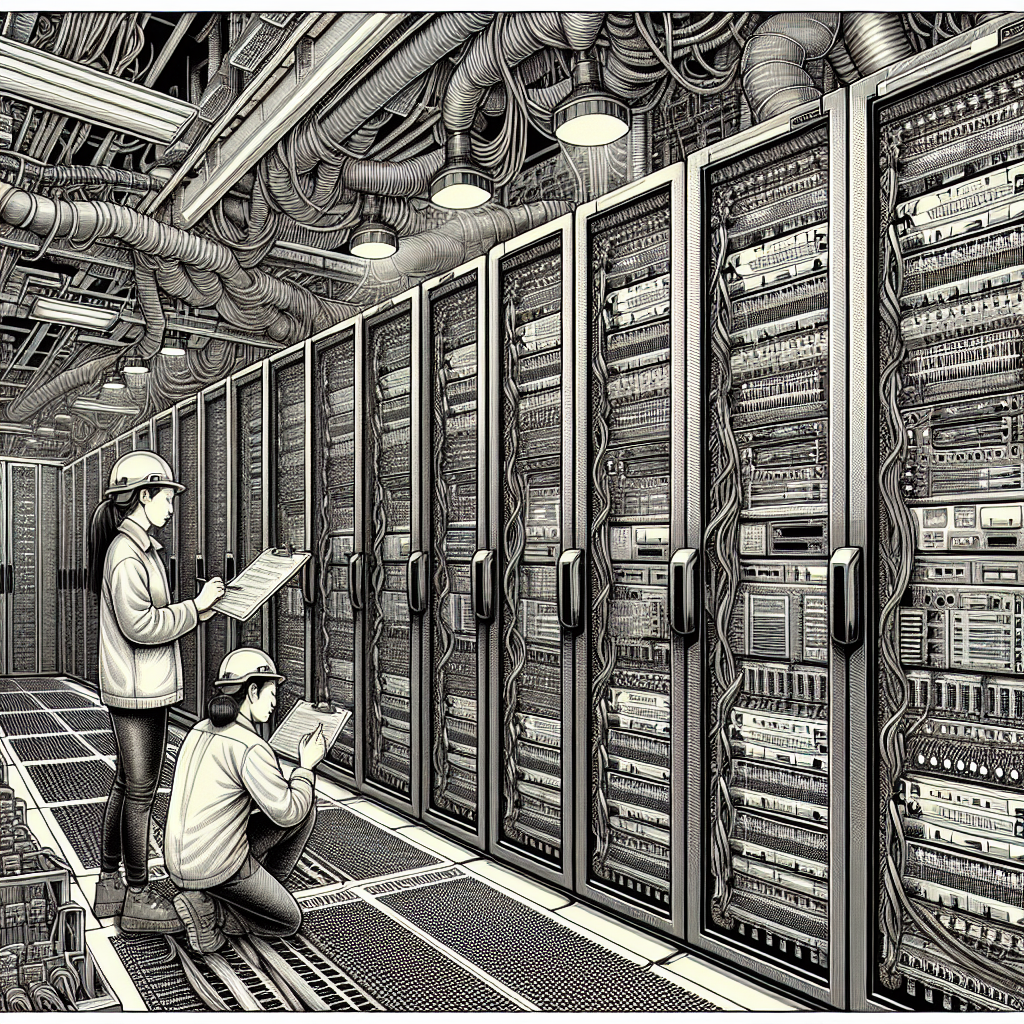Your cart is currently empty!
A Comprehensive Guide to Data Center Inspection Best Practices

Data centers are a critical component of any organization’s IT infrastructure. They house the servers, network equipment, and storage systems that keep businesses up and running. Regular inspections of data centers are essential to ensure that they are operating efficiently and securely. In this comprehensive guide, we will outline best practices for conducting data center inspections.
1. Develop a checklist: Before conducting a data center inspection, it is important to develop a checklist of items to review. This checklist should include items such as the condition of servers and network equipment, the cleanliness of the facility, and the security measures in place. By having a checklist, you can ensure that all important aspects of the data center are thoroughly inspected.
2. Schedule regular inspections: Regular inspections of the data center should be scheduled to ensure that any issues are identified and addressed promptly. It is recommended to conduct inspections at least once a month, but the frequency may vary depending on the size and complexity of the data center.
3. Check for cleanliness: A clean data center is essential for maintaining the optimal performance of equipment. During inspections, check for dust and debris that could potentially cause overheating or damage to servers and other equipment. Make sure that the floors, walls, and ceilings are clean and free of any obstructions.
4. Inspect temperature and humidity levels: Data centers require specific temperature and humidity levels to ensure that equipment operates efficiently. During inspections, check the temperature and humidity levels in the data center and make adjustments as needed to maintain optimal conditions.
5. Review security measures: Data centers store sensitive information and must be secure to prevent unauthorized access. During inspections, review security measures such as access control systems, surveillance cameras, and alarm systems to ensure that they are functioning properly.
6. Test backup systems: Data centers should have backup systems in place to protect against data loss in the event of a power outage or other disaster. During inspections, test backup systems such as uninterruptible power supplies (UPS) and generators to ensure that they are operational and can provide power to critical equipment.
7. Document findings: After conducting a data center inspection, it is important to document any findings and recommendations for improvement. This documentation can be used to track changes over time and ensure that issues are addressed in a timely manner.
By following these best practices for data center inspections, organizations can ensure that their data centers are operating efficiently and securely. Regular inspections help to identify potential issues before they escalate into major problems, ultimately saving time and money in the long run.

Leave a Reply